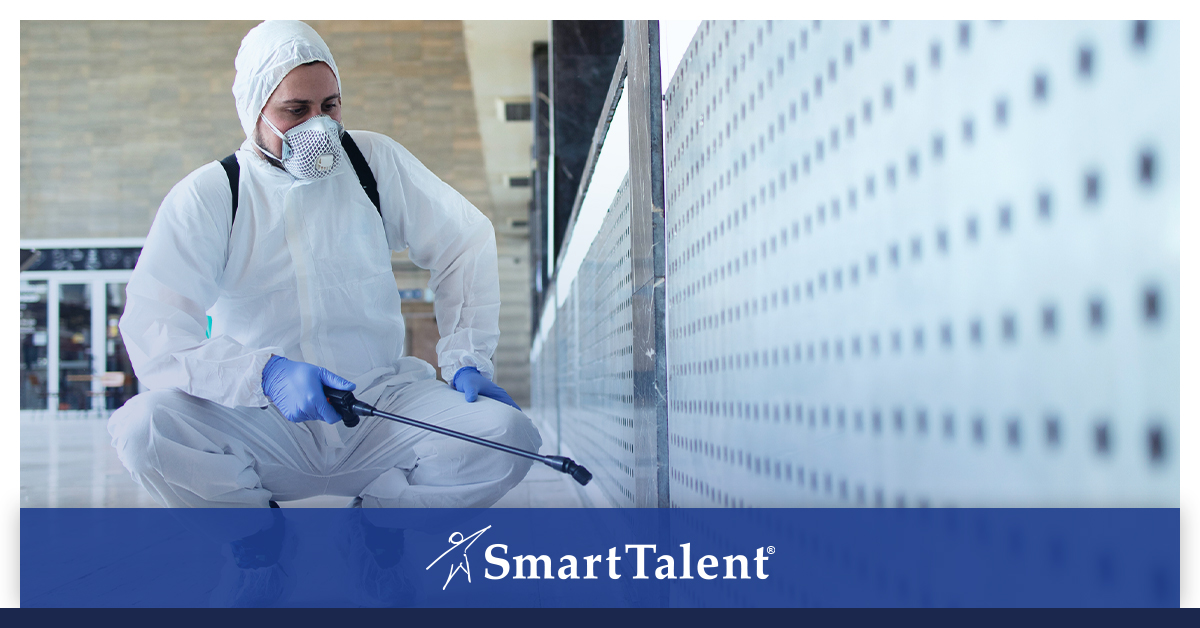How to Staff to Prepare for the Second Wave of COVID
News that governments were reducing COVID-related restrictions sparked a wave of business optimism this summer. It looked like the pandemic had finally run its course. However, those hopeful signs came with a major worry: what about a second wave?
The likelihood of a renewed outbreak is in doubt and the potential shape it would take is open to speculation. Still, it’s far from a distant possibility. As such, you need to get ready.
You need to staff to prepare for a second wave of COVID. Here’s how:
Get as Much Done as Possible Before the Second Wave
Think of yourself as a farmer and the gap between COVID outbreaks represents harvest time. If it’s true that a second wave is coming, you need to take advantage of the lull. Use the time to get as much work done as possible before another spike in infections disrupts operations again.
How do you do this? First, prioritize your current projects. That means figuring out which ones would benefit most from in-person interaction. Then, once you’ve made those determinations, put as much staff on those tasks as possible during this interim period between outbreaks. That way, you’ll have key projects done if you are forced to shut down certain activities.
Keep Communication Lines Open
The second wave could come soon. Or it could come later. Or it might not come at all. The future of this particular disaster is murky, and that fact gives the process of preparation a lack of visibility.
The best way to overcome this is to stay connected with your staff. Prepare contingency plans and let your team know what conditions you’re tracking. By keeping up the lines of communication, they’ll be in the loop when you start to enact necessary policy changes.
Institute Additional Training
The time between COVID waves gives you an opportunity to institute additional training measures ahead of another spike in infections. You have a chance to upgrade your staff’s skillsets and get them ready for what’s potentially on the way.
Given the dangers surrounding a second wave, much of your training will relate to safety concerns. You want to make sure your employees internalize the best practices for minimizing infection risk. At the same time, you can make other improvements. For instance, you can upgrade your workers’ ability to operate remotely or put in place new COVID-related procedures.
Prepare for More Remote Work
The initial coronavirus outbreak sent most workers into quarantine. Those employees that could work from home quickly became accustomed to providing remote contributions. This set of circumstances could repeat if another wave comes along.
You should prepare for this possibility. Unlike the first outbreak, which reached pandemic proportions with shocking speed, you have time to get ready for COVID this time around. Take advantage of that runway. Build a robust remote-work structure for those employees who can operate in that way. By building a better infrastructure, you’ll have a productive option if a second coronavirus wave once again disrupts your operations.
Stay Flexible
The first wave of COVID-19 drove home the advantages of flexibility. Companies that could quickly adapt to changing government restrictions and to shifting safety concerns were able to survive. Those that couldn’t, faced serious consequences.
Remember these lessons as the second wave looms. Invest in flexibility. Focus on team members who can succeed under any circumstances. At the same time, maintain your overall flexibility. Create a structure that lets you fit staffing levels to the current market environment.
Temporary workers provide an excellent source of flexibility during uncertain times. A partnership with a strong staffing agency, like SmartTalent, lets you build the perfect team for your current circumstances.
Contact SmartTalent today to learn more.






